Upon its original release, Resident Evil 4 was nothing short of a revelation for the beloved horror series. Combining pinpoint moment-to-moment action with some of the best set pieces and boss fights of the 2000s, RE4 deserves its reputation as one of the greatest action games of all time. With Capcom’s impressive remake coming out this year, the original is still kept relevant thanks in part to the fan-made Resident Evil 4 HD Project, a mod that updates the look and feel of the game to modern standards. It’s one of the most impressive video game fan works of all time, and it’s all thanks to a small team of dedicated hackers who literally traveled the globe to accomplish their goals.
Albert Marin Garau is a longtime Resident Evil fan who dabbles in game modding. Over the years, he made a hobby out of collecting assets that had appeared in many of the series’ best entries, including music tracks, textures, and pre-rendered backgrounds. He created repositories of these assets primarily for his own amusement. When he started working on RE4, he realized that many of the game’s textures were blurry and low-resolution. However, it wasn’t until the first PC port of the game came out that he realized he could simply rip the images from the game. In fact, he could even modify them himself. Now his library had a practical use.
“When the first RE4 port came out in 2007, I was really impressed with how moddable the game was,” Marin Garau tells GameSpot. “The textures were simple TGA images, which meant I could move from compiling game assets to improving them. I created a texture pack for the game, which obviously pales in comparison to the HD Project.”
You need a javascript enabled browser to watch videos.
Click To Unmute Resident Evil 4 HD Project vs Original Graphics Comparison ShareSize:640 × 360480 × 270
Want us to remember this setting for all your devices?
Please use a html5 video capable browser to watch videos. This video has an invalid file format. 00:00:00Sorry, but you can’t access this content!
Please enter your date of birth to view this video
JanuaryFebruaryMarchAprilMayJuneJulyAugustSeptemberOctoberNovemberDecember12345678910111213141516171819202122232425262728293031Year20242023202220212020201920182017201620152014201320122011201020092008200720062005200420032002200120001999199819971996199519941993199219911990198919881987198619851984198319821981198019791978197719761975197419731972197119701969196819671966196519641963196219611960195919581957195619551954195319521951195019491948194719461945194419431942194119401939193819371936193519341933193219311930192919281927192619251924192319221921192019191918191719161915191419131912191119101909190819071906190519041903190219011900
By clicking ‘enter’, you agree to GameSpot's Terms of Use and Privacy Policy
Though his early attempts at improving RE4’s visuals came from a place of pure passion, Marin Garau’s efforts quickly ran into a number of serious roadblocks. For one, many of the textures had problems with the 3D-to-2D mapping process (UV mapping), which required trial-and-error edits in order to make them look impressive in HD. (Fixing these imperfections, masked by the low-resolution nature of the original, would eventually become the bulk of the texture work of the project.) Like a lot of players, he was disappointed by the original PC port, which lacked basic features such as mouse support and correct button prompts for controllers. When he considered the amount of work it would take to custom-fix all of the HD assets in the game, it just didn’t seem worth it.
Marin Garau eventually ran into a fellow modder, Cris Morales, who was working hard on the same UV mapping issues that Marin Garau had run into, with slightly more success. Morales was planning to release his own texture pack for the Wii version of RE4, using the Dolphin emulator to patch the game. However, soon after he began work on the project, Capcom announced that an improved PC port of RE4 was in development. Marin Garau and Morales decided to join forces to release a definitive HD texture pack for the beloved game for everyone to enjoy.
The outpouring of support from the RE fan community was overwhelming–so overwhelming, in fact, that it totally changed the structure of the project itself. After working on the textures for a year, a co-developer in the community released tools that allowed Marin Garau and Morales to tinker with other aspects of the game as well, including character models, lighting, collision data, and the in-game camera. This allowed the team to imagine a more ambitious undertaking: a project that would HD-ify RE4 from the ground up in its every detail. One that would be measured in years, not months.
“Most of the tools that we used were created by our colleague, Son of Persia,” Marin Garau explains. “I would tell him the result of my research, and he would make the tools to edit things more easily. But most of the tools were completely created by him from scratch, without any help. We really owe him a lot.”
From the beginning, Marin Garau had wanted to tackle such a total redesign, but he quickly realized that he lacked the technical knowledge to manipulate certain aspects of the game. Early in the project, he describes spending hours manually editing the game’s hex table in the hopes of figuring it out. In retrospect, he now realizes these early efforts were hopelessly inefficient.
“I spent two hours moving a candle-flame effect, and I didn’t know what the heck I was changing,” he says. “I didn’t even know what a float point was. Without Son of Persia, I would’ve been completely lost.”
Even with the tools, Marin Garau went to unusual lengths to improve Resident Evil 4’s visuals. During the development of his original texture pack in 2008, he realized that he would need to obtain the source images used to create the game’s assets in order to do them justice in HD. One day, he stumbled on a picture of a door in Google Image Search that he instantly recognized as one used by Capcom.
After some research, he realized that Capcom had sourced images from famous castles around Europe, including in his home country of Spain. Marin Garau traveled to Seville and later Wales to photograph all of these locations in person, which included doors, windows, walls, ornamental reliefs, and a particularly large rock.
“You can imagine the faces of other tourists as I took photos of a wall or a floor tile by tile,” he says. “It took me five years to go to all the places I needed to go in my free time. Traveling to all those places was my favorite part of the project, it made me feel like I had been to all of them before, just by seeing them on the screen. And I would always find more textures than I expected to.”
Overall, Marin Garau worked on the project for eight years before its original release in February 2022. (Morales contributed much to the project for roughly three of those years, before departing due to personal reasons.) Marin Garau never expected the project to take that long, but he says it just grew too big without him even noticing. He especially thanks the fans who provided feedback on small inaccuracies, as they ultimately made up a large amount of his work. “I’d estimate that the textures ended up being only 40% of the final project,” he says. “The rest is 30% model revision, 20% lights and effects adjustments, and 10% for everything else. That’s just a guess, of course.”
When it comes to RE4’s status as an all-time classic game, Marin Garau attributes it to the game’s raw playability and feel, which stands out even in today’s market. He acknowledges that RE4 was indeed a turning point for the franchise–which feeds the criticism that since it’s not a survival-horror game, it’s not really Resident Evil–but overall, he feels that it had much more of an impact on the wider world of gaming than the series itself. Though RE4 did not invent over-the-shoulder third-person shooters, the genre would become far more popular in the years following its release, with games like Gears of War taking direct inspiration from RE4.
Capcom has aimed to turn up the horror elements in its upcoming Resident Evil 4 remake. For his part, Marin Garau plans to enjoy the new version, but he’s almost certain that it won’t be able to live up to the original in his mind. Still, he feels that there’s more than enough room for both games in the series.
In terms of future improvements, Marin Garau is planning to release another patch that fixes some minor issues, which he expects to work on this summer. Recent versions of the project have started to include another independent mod called RE4_tweaks, which fixes many of the PC version’s bugs and adds impressive new features, including adjustable FOV and ultrawide resolution support, as well as restoring effects that were missing from later ports of the game. Even if you’re a traditionalist that prefers the low-resolution textures you remember, RE4_tweaks is well worth a download.
Today, Marin Garau works in the gaming industry in a professional capacity–in fact, he’s taking a 3D animation course right now, alongside a steady gig. He says he owes his new career to the Resident Evil 4 HD Project and the fans who made it possible. Even now, there’s still plenty of work to be done on it. “We’re not customer service, but we do what we can when we have the time,” he says. “Are we perfectionists? Are we crazy? Possibly both. But either way, I’m fine with it.”
As a whole, RE4 is one of the most important entries in the storied horror franchise, and a game that’s worth playing today under any circumstance. With Capcom’s remake bringing a new vision of the game forth, it’s great that these dedicated fans have been able to keep the legacy of the original strong for a new generation of players to enjoy.
Every Resident Evil Game, Reviewed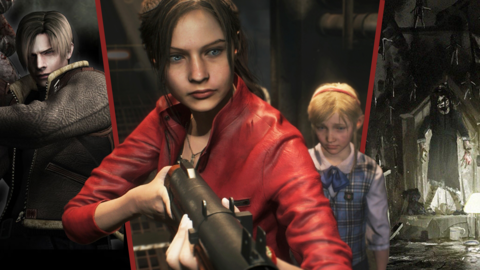
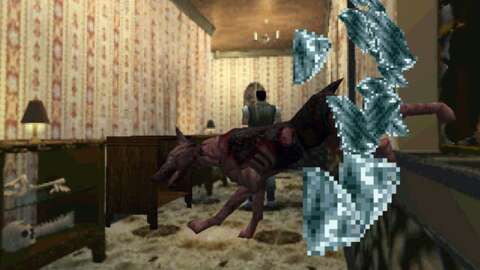
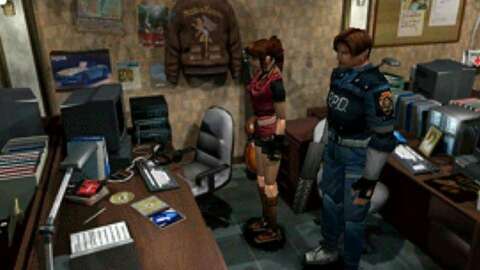
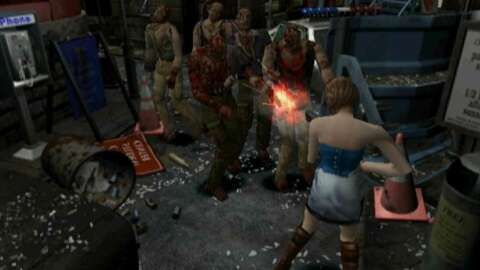
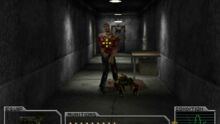
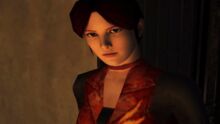
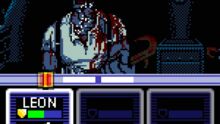 See More
See More




